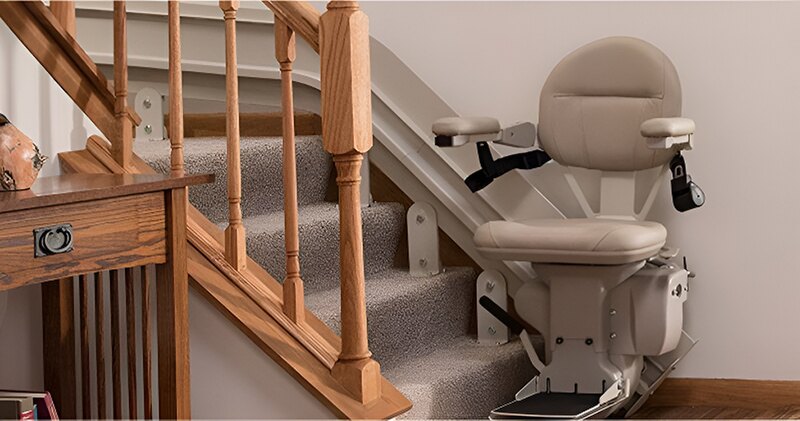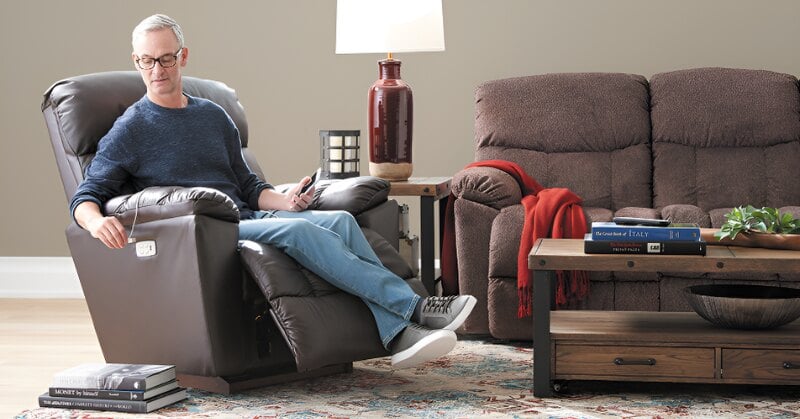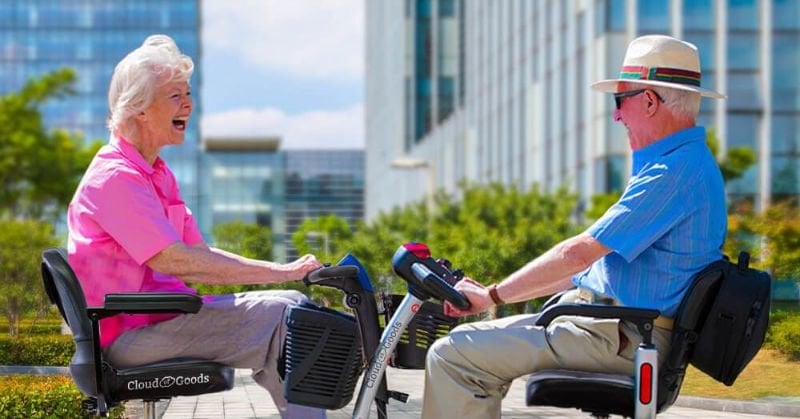There's no place like home, especially as you age. Aging in place embodies the comfort and dignity of growing older within the warm, familiar confines of one's own home.

The concept of aging in place has gained momentum in recent years, fueled by the desire of many seniors to live out their later years in the familiar setting of their own homes. This approach to aging gracefully emphasizes staying in a familiar environment while adapting and planning for changing needs over time.
Embracing Independence with a Plan
Aging in place isn't about stubbornly refusing help or ignoring the realities of aging. Instead, it's about planning ahead to maintain independence and quality of life. This often involves modifying living spaces to eliminate fall hazards, simplify maintenance, and ensure that daily activities can be carried out safely and comfortably. Installing grab bars in bathrooms, ensuring homes are easily navigable without stairs, and adopting smart home technologies for health monitoring are all strategies that support aging in place.
Community and Support Networks
Key to aging in place is a supportive community and network. This includes both professional services and informal support from neighbors, friends, and family. Home health aides, meal delivery services, and transportation assistance can play crucial roles, as can social visits and community programs aimed at keeping seniors engaged and active. Establishing these networks early on is essential, as they become integral to the daily routine and well-being of those opting to age at home.
Health and Wellness Focus
Central to the philosophy of aging in place is a proactive approach to health and wellness. Regular health check-ups, a balanced diet, physical activity, and cognitive exercises contribute to a senior's ability to live independently for longer. Home adaptations also play a role in facilitating a healthy lifestyle, with modifications enabling safe exercise at home and kitchens designed to make healthy cooking easier.
Technology as a Companion
Technology has become an invaluable ally in making aging in place a viable option. Medical alert systems, video calling for social connections, and smart appliances that remind users about medication or tasks all enhance safety and independence. Innovations in telemedicine also allow seniors to consult with healthcare providers without leaving home, addressing medical issues promptly and efficiently.
Financial Planning
Aging in place requires financial planning to cover home modifications, in-home care services, and other potential costs not typically covered by traditional health insurance. Long-term care insurance, reverse mortgages, and government aid programs are options that can help manage these expenses, making the goal of aging in place financially feasible.
The Emotional Aspect of Aging in Place
Beyond the practical aspects, aging in place has a profound emotional dimension. Remaining in one's home allows for a continuation of personal history and memories, offering comfort and a sense of identity that is irreplaceable. The home becomes a testament to one's life, filled with familiar sights and personal touches, offering solace and continuity.
Conclusion
Aging in place is more than a preference; it's a comprehensive approach to aging that prioritizes comfort, safety, and independence. With thoughtful planning, community support, and the aid of technology, it's a choice that enables many to age gracefully and safely in the comfort of their own homes. It embodies a profound respect for the individual's choice and their journey through life, offering a path filled with dignity, autonomy, and peace.



